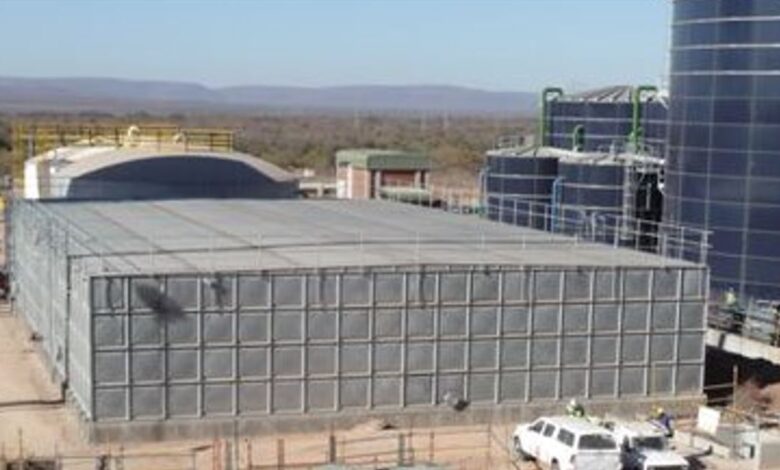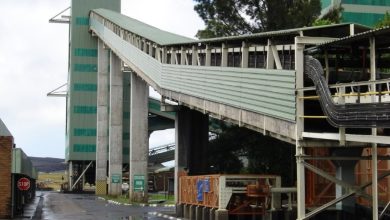
As water is the life of mining operations, African mining companies should exercise prudence in the procurement of steel storage tanks.
Mining is a water-intensive industry, and because of some odd pattern of nature, mining operations are in water-scarce areas. Surely, this calls for the adoption and implementation of sound water management practices, more so in the current operating environment.
Unfolding developments
Predominantly, developments are unfolding, causing a mindset change in water management. First, there is an increase in mining activity to meet the demand for critical minerals such as lithium, cobalt, and graphite. Also, there is more focus on the underground environment in search of valuable ore due to declining grades in shallow areas.
Pertaining to minerals, of great interest is global data from the U.S. Geological Survey (USGS) and WRI’s Aqueduct tool. It shows that at least 16% of the world’s land-based critical mineral mines, deposits, and districts are in areas already facing high or extremely high levels of water stress.
Based on this, WRI predicts that mining operations will strain water resources, shrinking water resources for agriculture and industry. Operational challenges and risks abound for mining companies.
Sound management – a necessity
Evidently, the success of scheduled critical mining projects hinges on a reliable water supply. Consequently, sustainable water storage on site is fundamental.
On the importance of water storage tanks for business, SBS Tanks, a storage tank manufacturer, shares its views. The company explains that backup and processing water storage tanks are necessities for the manufacturing and mining industries that are heavily reliant on water. In these sectors, water is needed not only for operational activities but also for safety measures, including fire protection systems, cooling systems, and cleaning processes. The need to reduce environmental impact by reducing fresh water usage results in the further need for processed and recycled water storage.
Hence, in industries, water storage tanks are fundamental for operations. Otherwise, an interruption to the water supply can cause downtime with a impacting heavily on productivity, reducing revenue.
Prudent decisions
Unquestionably, as water storage tanks are pivotal to mining operations in the current atmosphere, prudent decisions in the selection of suitable products are critical.
There are several tank material options available to select from, including concrete. But the most common ones are steel and polyplastic tanks. There are pros and cons to each of these, depending on the application.
Steel tanks
Relating to steel tanks, the following are factors that drive choice:
- Steel tanks offer more capacity, which makes them ideal for water-intensive mining operations.
- Steel tank’s durability is another consideration. Compared to plastic tanks, they offer more resistance to environmental pressures like extreme temperatures and fires. This makes steel tanks a better fit in mining, power generation, processing, and manufacturing than plastic tanks.
Factors determining selection
In an article, Videx water tanks1, another supplier of tanks to mining companies, lists the following factors that determine the selection of a water storage tank: tank material, size and capacity, water quality and storage conditions, installation requirements, maintenance and durability, cost considerations, supplier reputation and support, local regulations and permits, environmental considerations, and the purpose and application. Most of these factors mentioned would apply to steel tanks.
Through evaluating these factors, a mine can make prudent decisions to select a suitable tank to ensure a reliable and sustainable water supply for its needs. The rule of thumb: Secure storage guarantees continuous operations.
Videx water tanks: Choosing the Right Water Storage Tank for South Africa: Factors to Consider.1






